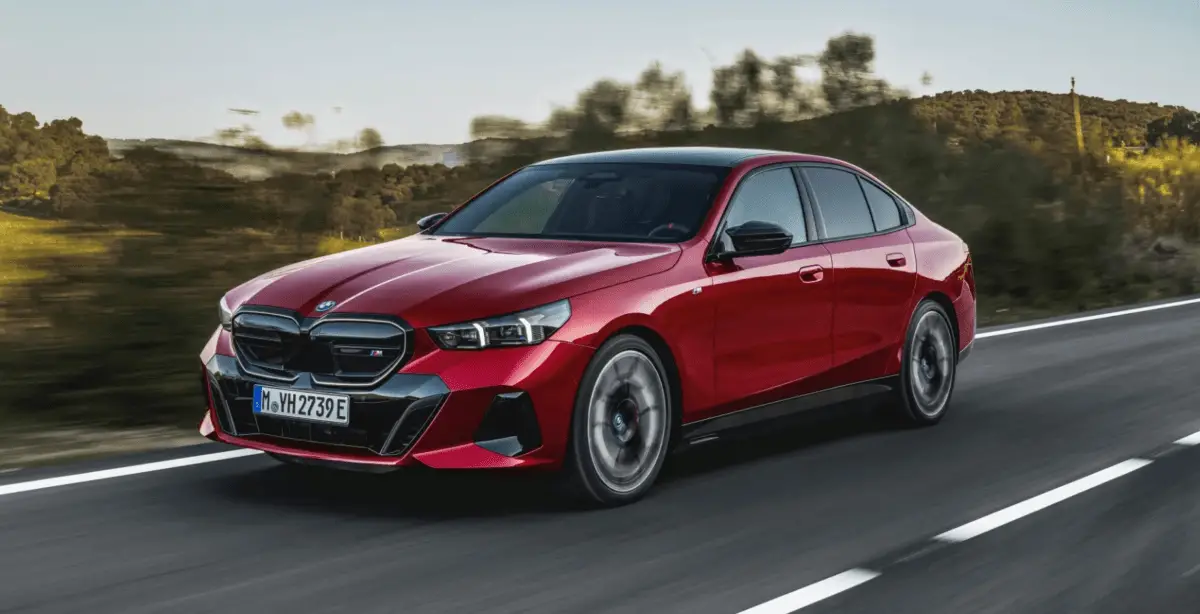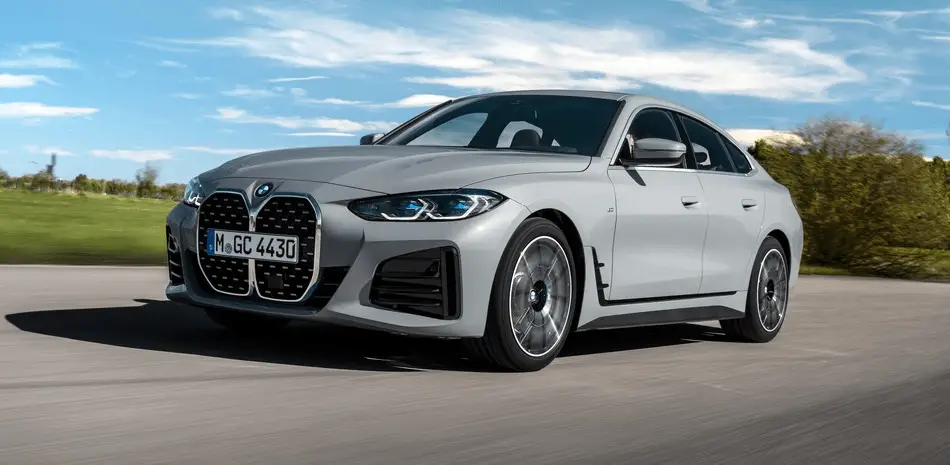2024 BMW 5 Series Wheels and Tyres User Guide As always, the 2024 BMW 5 Series lives up to its image of being both stylish and fast. Its wheels and tyres are a big part of this. With its careful attention to detail, the 5 Series comes with a variety of wheels to suit a […]


